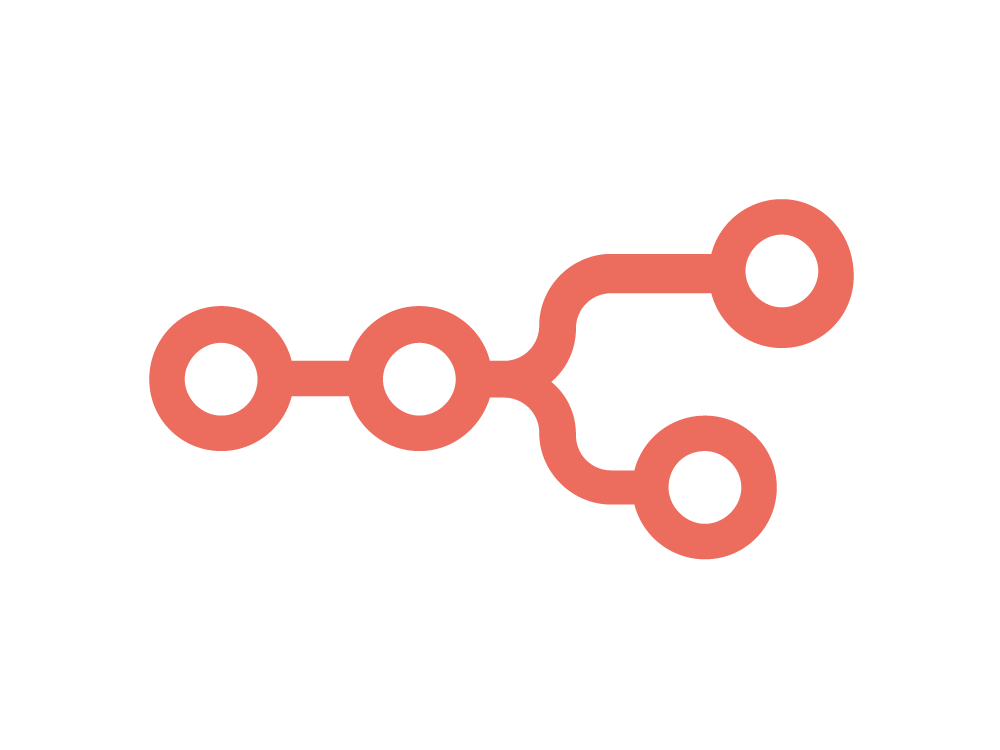Workflows
In today's digital world, companies are constantly looking for more efficient and effective solutions to stay competitive and optimize their business processes. Workflow automation is one such solution that allows companies to streamline their processes, save time and resources, and foster better collaboration between teams. Our digital agency understands the needs of B2B companies and offers comprehensive advice and support in implementing workflow automation solutions that are tailored specifically to your company's requirements. In this product overview page, we highlight various workflow automation software to give you a brief overview of the available options and their benefits. Discover how your company can benefit from workflow business automation and choose the right solution for your needs.
Definition of Workflow Automation
Workflow Automation, also known as Business Process Automation (BPA), is the use of technology to automate recurring business processes and optimize workflows within an organization. By digitizing manual, paper-based and time-consuming tasks, processes can be made more efficient, error-free and transparent.
In practice, this can mean that tasks that were previously performed manually by people are now taken over by automation software. Examples include automatically forwarding emails to the right department, automatically generating reports, or automatically updating customer data.
the benefits of workflow automation include increased productivity, lower costs, improved accuracy, consistent processes, and increased employee satisfaction by allowing employees to focus on higher value tasks. It also enables better monitoring and analysis of business processes, which in turn can contribute to continuous workflow improvement.
Implementing workflow automation requires a thorough analysis of existing business processes to identify areas that could benefit from automation and to ensure that the new technology is integrated effectively.
Application areas for workflow automation
Workflow automation can be used in many different areas to streamline processes, save time and reduce errors. Here are some examples:
- Customer Service
Workflow automation can help manage service requests more efficiently by automatically routing them to the appropriate team or person. Automated responses can also be used to provide customers with instant feedback and inform them of the status of their request.
- Accounting and Finance
Automating workflows can help reduce errors in financial processes and ensure compliance. This can range from automatically creating and sending invoices, to managing expenses and approvals, to automating reporting processes.
- Information Technology (IT)
In IT departments, workflow automation can be used for managing service requests, performing regular maintenance tasks, monitoring systems and networks, and many other processes.
- Human Resources
Processes such as hiring, onboarding, payroll, and leave requests can be greatly simplified through workflow automation. For example, an onboarding workflow can automatically assign all necessary tasks such as training, documents and access rights.
- Supply Chain Management
Workflow automation can help increase supply chain efficiency by automating tasks such as order management, delivery tracking, inventory updates, and supplier management.
- Sales and marketing
Automation can be used here to track and qualify leads, manage marketing campaigns, and track customer interactions. By automating these processes, sales and marketing teams can increase efficiency and better serve their target audiences.



